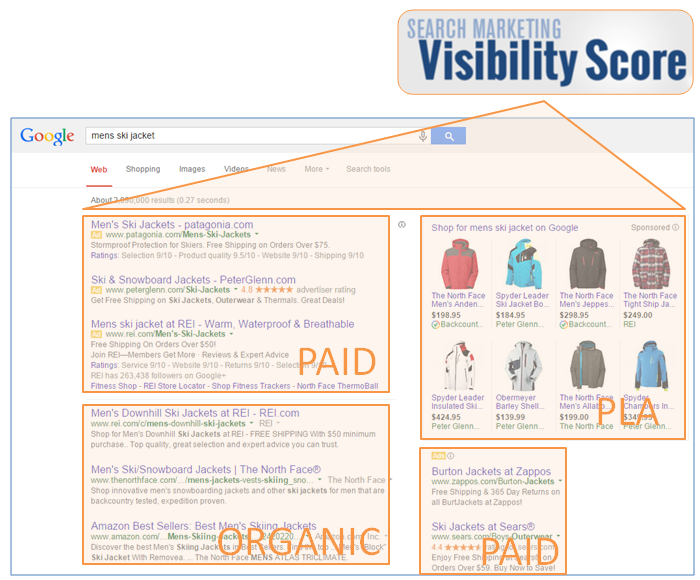
Ad extension monitoring shows marketers exactly how their competitors, partners, and industry leaders use Google’s highly effective ad extensions.
ORLANDO, FL – The Search Monitor, the leader in precision ad intelligence for marketers and affiliate managers, today released ad extension monitoring for Google Adwords’ paid search ads.













 When consumers perform a search and analyze the results, they scan all sections of the page—Paid, Organic, and PLA—to find their answer. They usually don’t care where on the page their answer is, as long as they find it.
When consumers perform a search and analyze the results, they scan all sections of the page—Paid, Organic, and PLA—to find their answer. They usually don’t care where on the page their answer is, as long as they find it.